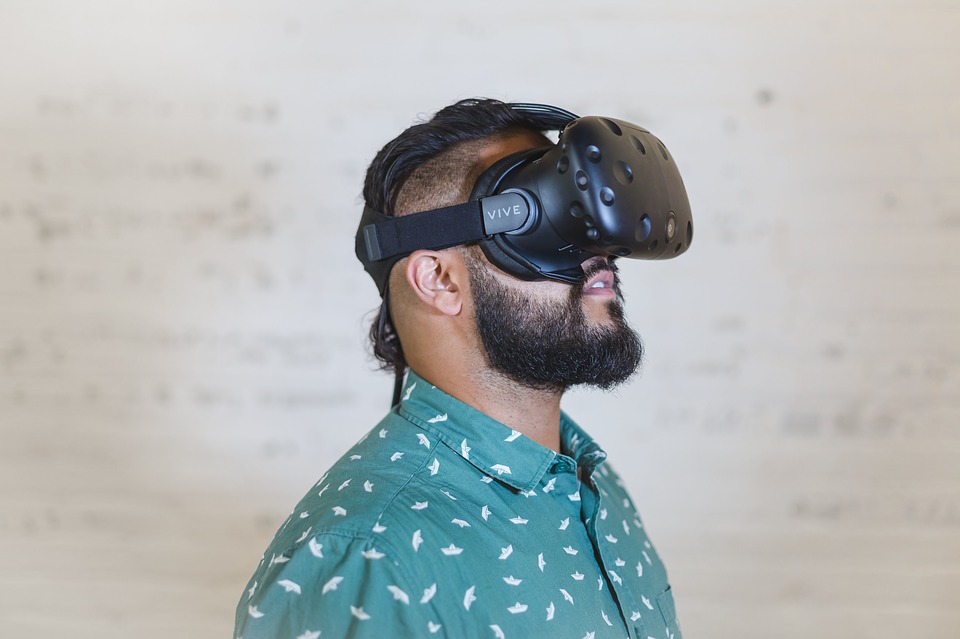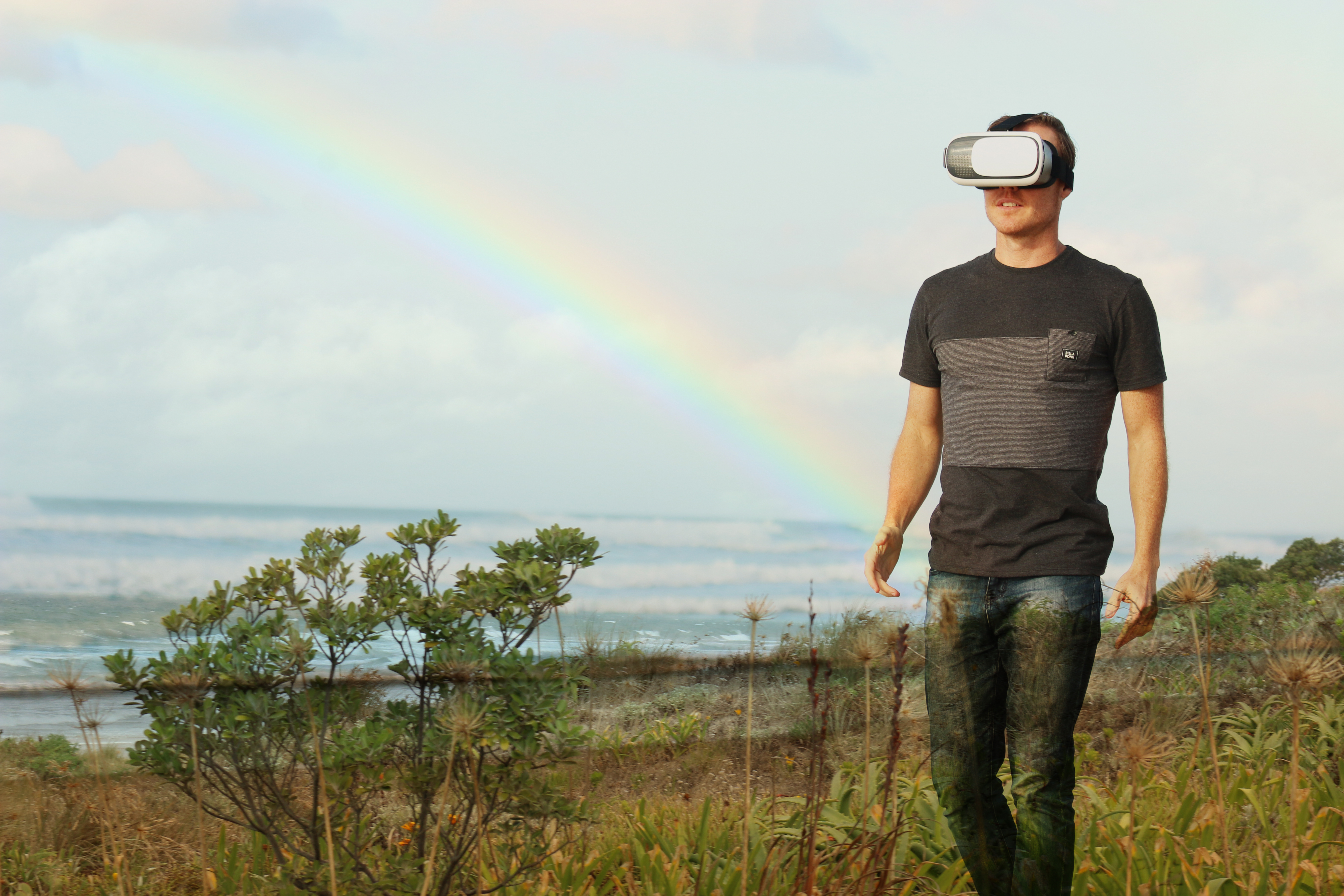

Virtual Reality is taking the technology world by storm. As so many ventures get swept up in the ideology of virtual reality, it was only a short amount of time until the college apartment property market joined the platform.
Defined by Merriam Webster as “an artificial environment which is experienced through sensory stimuli (such as sights and sounds) provided by a computer and in which one’s actions partially determine what happens in the environment; also: the technology used to create or access a virtual reality.”
However, the virtual reality is commonly linked to a piece of hardware worn by the user to simulate a situation.
It is completely separate from the 3D and HD walkthroughs that are found on multiple apartment leasing websites.
BI intelligence on Real Estate Tech News has reported that the virtual reality space will hit almost $1 billion dollars this year. But, in a sphere, as fast moving and mobile as college apartment properties, is it necessary or overkill?
There are those that argue that having the option for virtual reality tours will lead properties spaces to fill up faster. This fact is relying on possible tenants to have the technology readily available and to be able to link said technology up to their personal computer.
In other areas of the real estate market, this is a great solution for people unable to physically go to an open house or schedule a tour prior to moving in. But, in a college marketplace, student renters are looking for a quick clear image of what they are getting.
A 3D or HD simulation or a plethora of high-quality images of the property is more than enough to convey the landscape and makeup of a complex at this time. The argument for those students migrating from another state or city is present.
But, to enable an entire site for Virtual Reality when a 3D or HD viewpoint or high-quality imagery is more beneficial both cost and user wise is not utilizing the best of your platform.
Some situations, such as those where the complex is still being constructed are a good venture of Virtual Reality because it allows a walkthrough that is not physically possible by any means. This example is also beneficial because the technology can be stored in the central leasing office and available to all possible tenants rather than the leasing company relying on the user.
In instances where the property is up and leasing, has current and past tenants and, is simply looking to entice more potential renters, virtual reality might be a stretch compared to what is actually needed.
By catering to high-quality images, 3D tours, and past tenant reviews an apartment complex appeals to users from all ends of the technological spectrum. There is the added bonus of being more mobile friendly.
Virtual Reality is without a doubt an up and coming technological relm that is remodeling many different markets. But before you remodel your properties entire web formatting, consider the user, the accessibility, and the price.
A picture is worth a thousand words, a virtual reality tour that users can’t access isn’t worth half of that.




 Equal Housing Opportunity
Equal Housing Opportunity

